IAA Mobility Design Conference Livestream
A precursor for ”Building a Creative Culture”, this panel looked at how designers from Mahindra Group and Ford are cultivating a high-performing and creative culture in the world of design, and producing a roadmap to creativity in their studios

Related video
-
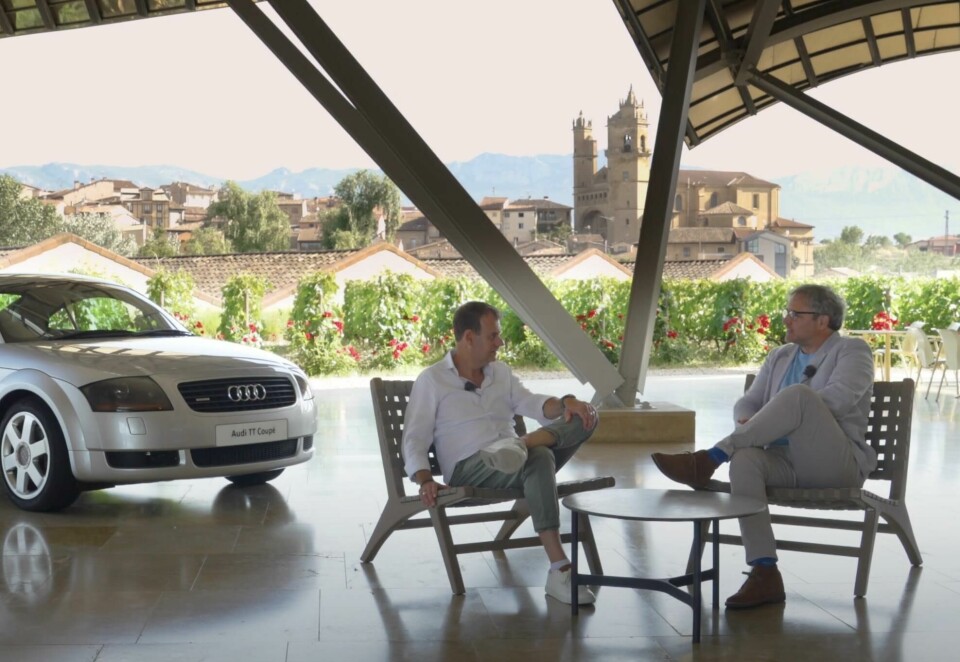
“The better the proportions, the less styling you need” – Gary Telaak, Audi
-
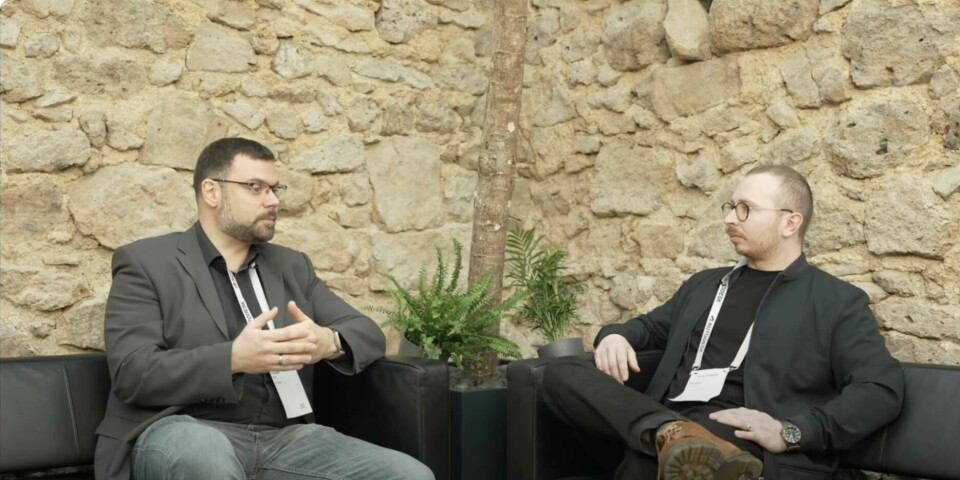
Watch: Autodesk on solving pain points in design
-
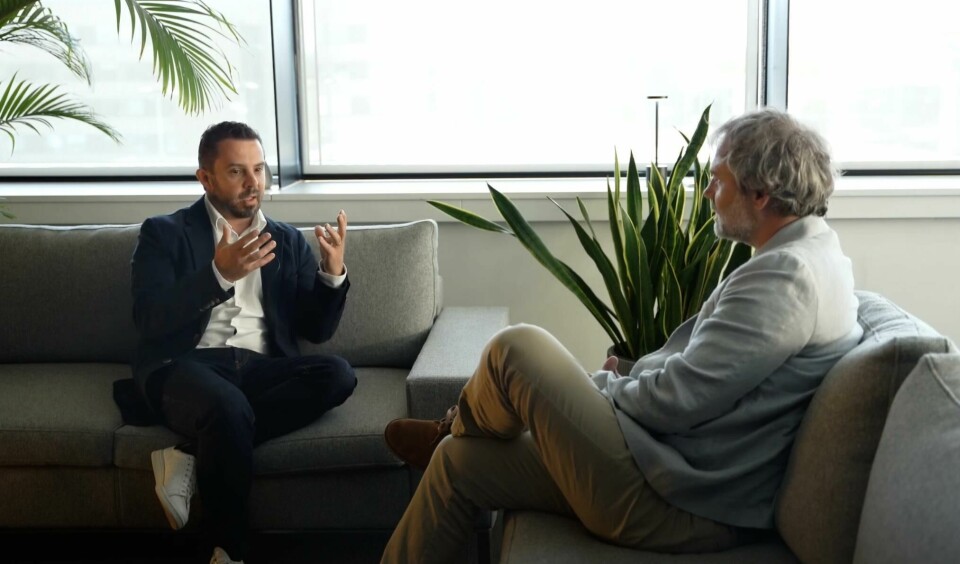
Watch: Aurelien Doisy speaks to Car Design News
-
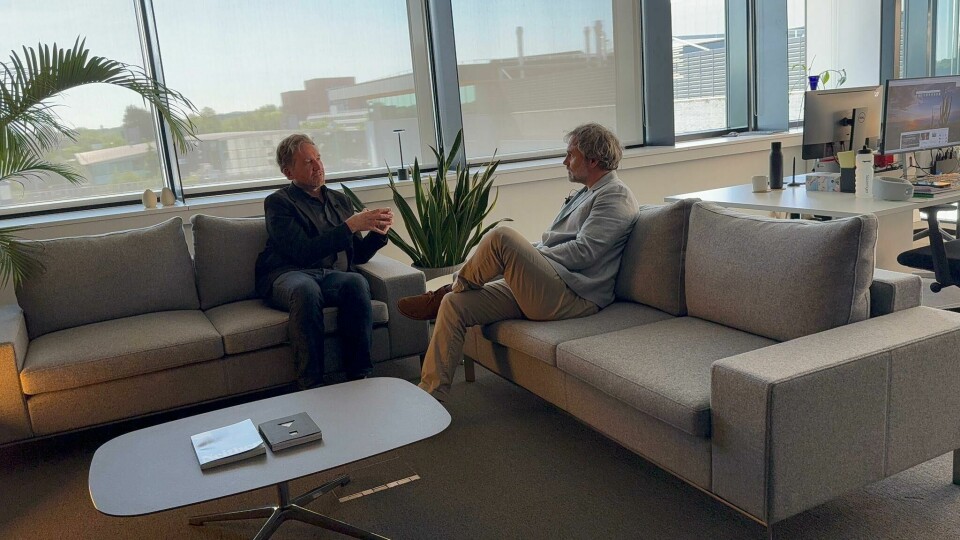
Martin Uhlarik: “We have nine full programs live in the UK at the moment, 13 globally”
-
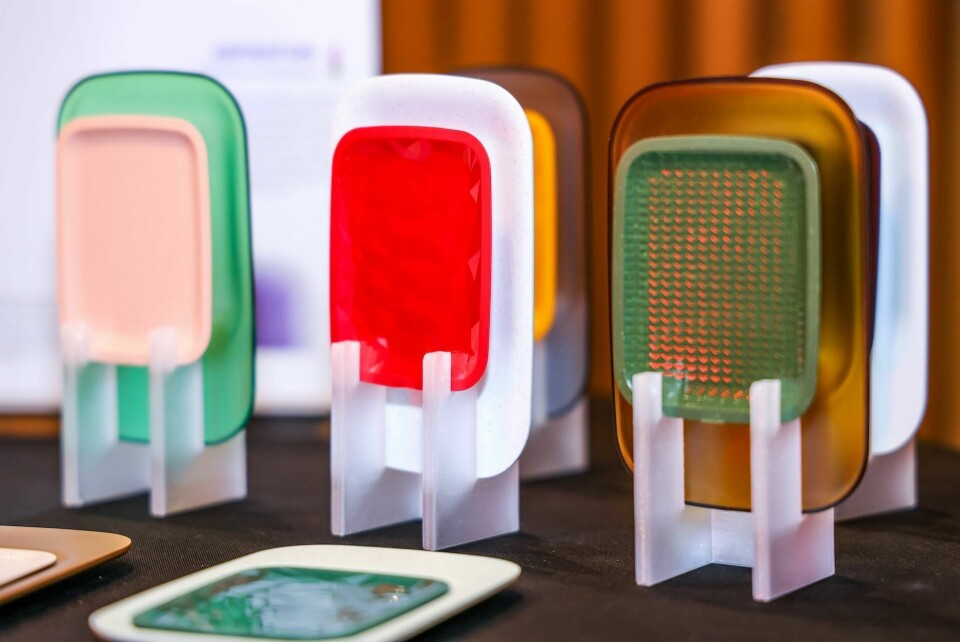
“Material should be functional but also bring sentimental value”
In any industry, maximising the potential of your employees is paramount. Car design is no different, and this can be influenced not only by the culture set by design leaders but also how a physical space is built. To dig into this topic a little deeper, we sat down with Mahindra’s Pratap Bose and Ford’s Jennifer Kolstad ahead of an upcoming panel discussion during IAA.
Kolstad kicked things off by highlighting the significance of the discussion for not only design teams but wider organisations too. “This is a thesis-worthy question,” she explained. “It’s a big one. The question of how you build creative culture begins with leadership, it is a central philosophy at the centre of the organisation, infiltrating marketing, how you approach problems, accounting, it is everywhere – if done successfully.”
Bose echoes this view, suggesting that a creative culture is ultimately about targeting business challenges, and not pursuing creativity for creativity’s sake. “We use design where we can to help resolve some of those issues,” he said. “It could be nothing to do with a product itself, but a communication or an intervention in how we show our product – so creativity in Mahindra’s context is much wider. That’s how you make design most useful in a company – being focussed towards achieving a positive business outcome.”
Ideally, a creative culture would combine with a creative space that is enabled by the built environment. In effect, shaping the studio to support the various design teams working there. A plain white box might not be the most inspiring place to produce game changing designs, but at the same time, neither would a room full of disco lights. An extreme example of course, but as Winston Churchill once said: we shape our buildings, thereafter they shape us.”
“You’ve got to provide a platform through which all of those different design geniuses can contribute,” Kolstad observed. “We want to really draw out the talent of our participants through the design of that space.”
And with teams often scattered around the globe – think about the various European, Southeast Asian and North American outposts being run by big brands – that creative culture needs to permeate across the organisation in a digital way. Think about how a design team in Seoul works on a joint project with the team in Prague, perhaps with some members of the team working remotely away from the respective studios. Everyone needs to feel involved, useful and able to bring their ideas to the table regardless of where they are or how they prefer to work.
“I always say we are one design team in two or three locations, rather than three design teams,” observes Bose. “I’ve been in companies where the different between satellite studio and main studio is so stark that it’s almost like you could be working for someone else. You don’t feel part of the main mothership at all. I personally always want to make all teams feel like one team that happen to be in different locations, which allows us to move projects back and forth between studios seamlessly. That’s part of the culture you need to establish from the off.”
Featured Speaker

Pratap Bose
Executive Vice-President and Chief Design Officer
Mahindra Group
Pratap Bose is a British Designer, born in Bombay, India. After completing his schooling at the Cathedral and John Connon School, Pratap graduated from the National Institute of Design, Ahmedabad with a Diploma in Industrial Design, specialising in Product Design. Pratap then joined the newly formed Tata Motors European Technical Centre (TMETC) in 2007 as a Technical Specialist. He was a part of the team that established a UK Design presence for Tata Motors. Operating initially from rented design studios in Birmingham and Coventry, Pratap helped in the design and planning of the TMETC UK design studio at the NAIC, on the University of Warwick Campus in Coventry. The Design Studio in the UK became the epicentre of advanced product design projects for Tata Motors and has delivered some award winning and market leading products.
This includes concept as well as production cars. Drawing heavily on the talent from the Birmingham and Coventry area, the UK Design studio is now an integral part of Tata Motors’ Global Design Studio network. Pratap and his team have received many awards for outstanding design from the motoring press, and other bodies in India and Overseas, including Auto Car magazine and the German Design Council. In 2018, Pratap was awarded the Chief Design Officer of the Year, by the China Industrial Design Association. In 2021, Pratap was shortlisted as one of five World Car Person of the Year awardees. In June 2021, Pratap joined Mahindra and Mahindra, as the Chief Design Officer, the first time such a role has existed at the Mahindra group. In this role, Pratap is responsible for the India, as well as UK based Advanced Design studio. Pratap and his team of over 100 design professionals work across a range of products from Tractors, Trucks, buses, pick-ups and SUV’s. Pratap is an avid modeller, and has a collection of over 65 World War 2, 1:72 scale plastic models, which he creates in his free time.
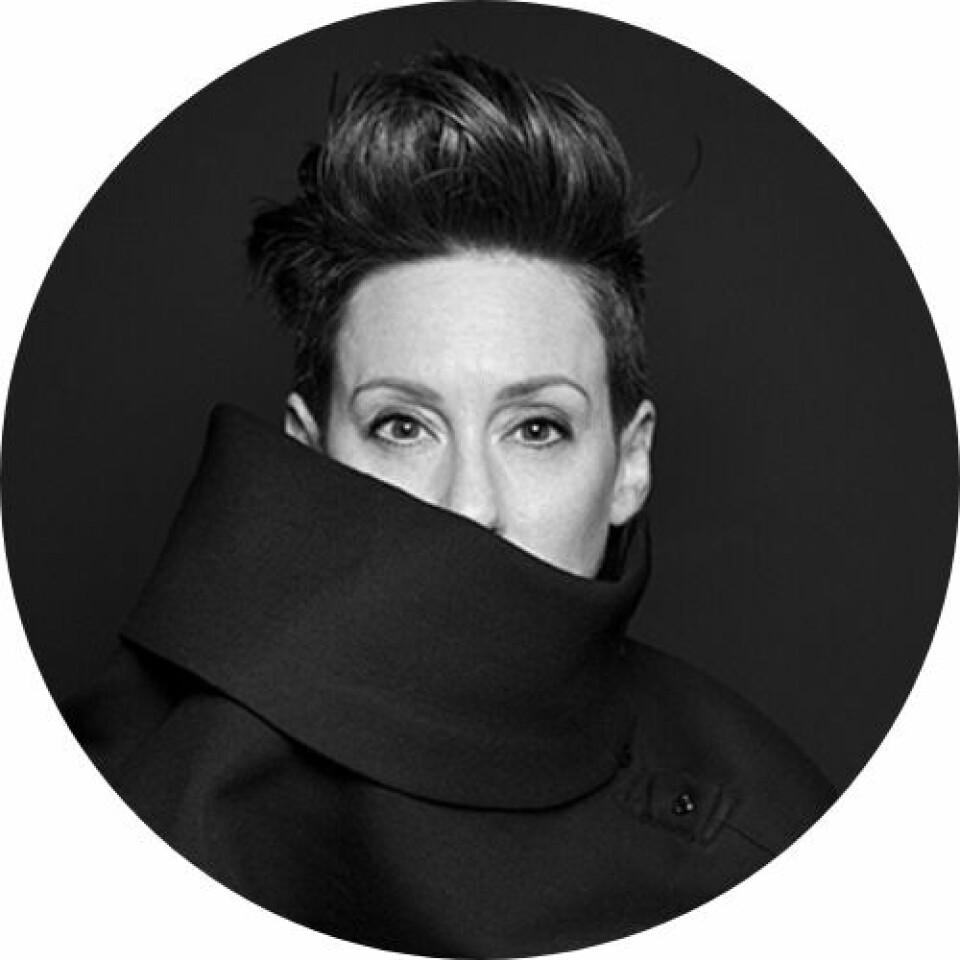
Jennifer Kolstad
Global Design and Brand Director
Ford Motor Company
Jennifer has dedicated her career to shattering paradigms. Mega-scale buildings, boutique business, and CX experiences equally share in human-scaled considerations impacting brand, our connection to place, and predictive user outcomes. Jennifer has expanded the practice of design to include social science, ecology, education, community building and other synergistic core competencies, and is forging opportunity for designers to Think, Make, and Test fusing applied research with the pursuit of design excellence.
Decades of global experience in retail, luxury hospitality, healthcare, higher-education, national security, manufacturing, and workplace validate a collaborative model of practice where one typology advances another. As the 2020 American Society of Interior Designers (ASID) National Chair, Jennifer co-authored a strategic plan ensuring relevance, longevity, and our expanded value proposition as human-experience designers. Today, Jennifer is the Global Design & Brand Director at Ford Motor Company where she is evolving Ford’s iconic brand and culture.
Jennifer has appeared to Fortune’s 2022 Brainstorm, PBS Newshour, NBC News, and Microsoft Envision, speaking on the future of work. She is a member of the Health Advisory Council at the School of Design and Creative Technologies at Dell Medical School’s Design Institute for Health at UT Austin, has presented at the ANFA/Salk Annual Conference, IDEC’s Annual Conference, and The Design Museum Everywhere Innovation Summit. Jennifer has been an invited keynote, lecturer, and juror at the Darden School of Business, Utah State University, UT Austin, University of Michigan, and National ASID SCALE Conferences. Jennifer achieved a Master of Architecture degree from Illinois Institute of Technology (IIT) and was a recipient of the SOM Graduate Fellowship. Prior to Ford she designed at SOM, Gensler, HKS, and ALDAR in the United Arab Emirates. She has been published in Metropolis, Interior Design Magazine, Architectural Digest, House and Garden, Great Lakes Design, D Home, PaperCity, and Healthcare Design.
Moderator
Freddie Holmes
Assistant Editor
Car Design News

Freddie Holmes is the assistant editor of Car Design News, analysing and reporting on established and emerging trends, interviewing leading figures and supporting the production of Interior Motives and Car Design Review. An automotive journalist for eight years, Freddie is interested in the shift to EVs and AVs but also appreciates classic car design.



